Where to Stay in La Palma: A Guide to the “Isla Bonita”
La Palma is one of the islands of the Canarian archipelago. La Palma, along with Tenerife, El Hierro and La Gomera, make up the province of Santa Cruz de Tenerife. This island, a Biosphere Reserve by UNESCO, is one of the westernmost of the Canary Islands Autonomous Community and is famous for its beautiful landscapes, lush tropical forests, beaches, and volcanoes. In this post, we will explore the best towns to stay in La Palma, Spain.
Why visit La Palma
The island of La Palma is a practically unknown but spectacular nature destination and a territory with a great environmental and cultural wealth that is worth discovering. Its relative isolation and low population density (it has under 90,000 inhabitants) has allowed the preservation of unique landscapes and ecosystems ranging from highland tropical forests to virgin black sand beaches and impressive volcanic formations. See accommodation on the island of La Palma.
The most visited natural attraction in La Palma is the impressive Caldera de Taburiente National Park. Extending across 46.9 sq km, this protected area occupies a good portion of the island’s north end and is home to one of the largest volcanic craters in the world. The caldera itself ranges between 600 and 900 metres in height. The nearby Roque de Los Muchachos, the highest point on the island, reaches 2,426 metres and is home to an astronomical observatory. The Caldera de Taburiente National Park is an invaluable natural area for its water resources, flora, and fauna.
Other must-see natural attractions on La Palma include the Barranco de las Angustias, the Cumbre Vieja, Los Tilos Forest and the Birigoyo Peak. The Fuencaliente de La Palma municipality, which occupies the southern end of the island, is dominated by the San Antonio and Teneguía volcanoes, the latter erupted in autumn 1971. See accommodation in Fuencaliente de La Palma.
La Palma is also recognised as one of the most important astrotourism destinations in Spain. This island was the first territory in the world to receive the title “Starlight Tourist Destination,” thanks to its low light pollution and its clean atmosphere, perfect for stargazing.
If you’re a sun-seeker, La Palma is renowned for its volcanic sand beaches and crystal clear waters flanked by impressive rocky cliffs. The best part? Unlike other destinations in the Canary Islands, La Palma’s beaches are not crowded with tourists, even in the summer, thanks, in part, to its relatively low influx of tourists. Some of the best beaches on La Palma are Los Cancajos, Nogales, Charco Verde, La Veta and Echentive. See accommodation near the beach on La Palma.
Its wealth of historical and cultural attractions also make La Palma a destination worth visiting. Its capital, Santa Cruz de la Palma, was founded in 1493 and is an open-air museum of Spanish colonial architecture. Some of its most important historical attractions include the Real Castillo de Santa Catalina, Matriz de El Salvador Church, the Castillo de La Virgen, the typical balconies on Avenida Marítima and the Museo Insular de La Palma. See accommodation in Santa Cruz de La Palma.
When to visit La Palma
La Palma is known as the “Island of Eternal Spring“. Due to its geographical position in the Atlantic Ocean, 1,500 km southwest of continental Europe, La Palma has a subtropical oceanic climate. This translates to warm temperatures and sunny days practically all year round and rainfall more frequent in higher altitude areas. During the summer, the average temperatures usually range between 18 and 27 ºC. On the other hand, winters are mild and occasionally warm, with temperatures ranging between 13 and 24 ºC.
Thanks to its pleasant and constant temperatures, the Canary Islands can be considered a tourist destination at any time of the year. That said, the best time to visit La Palma is during spring (from April to early June) and fall (from October to early December). The island gets fewer visitors, and accommodations don’t yet have their high season rates. Additionally, the weather conditions are pleasant enough to enjoy outdoor activities and going to the beach.
Unlike mainland Spain, winter is considered the high tourist season in the Canary Islands. Between December and March, thousands of travellers from the continent visit the islands to escape the low temperatures, so the costs of hotels and transport increase considerably. Likewise, thousands of tourists from Spain and the rest of Europe come to the beaches during the summer holidays.
Getting there and around
To get to La Palma by plane, the island is served by the Aeropuerto de La Palma. Located between Villa de Mazo and Breña Baja, this small airport offers inter-island and domestic connections (to Tenerife North, Gran Canaria, Madrid and Barcelona) and international flights to various destinations in Europe (especially to cities in Germany and the United Kingdom).
La Palma is also well-connected by ferry. Its main port, located in Santa Cruz de La Palma, offers connections to Tenerife, Gran Canaria, Lanzarote and La Gomera. See ferry schedules, routes and fares in the Canary Islands.
Although La Palma has a bus system (locally known as guaguas) connecting the main towns on the island, the best way to get around La Palma and get to its natural spaces is by car. You can rent a car for your trip here. Another excellent option to get around the island is by booking tours and activities that include transportation.
Where to stay in La Palma
The best area to stay in La Palma is Santa Cruz de la Palma. The island capital offers the best combination of historical attractions, nightlife, restaurants and hotels. Santa Cruz is also close to some of the nicest beaches and is the best-connected town. The airport and the ferry and cruise terminal are also located here.. See accommodation in Santa Cruz de La Palma.
Other excellent options to consider when choosing the best location in La Palma for tourists include Los Llanos de Aridane, Los Cancajos, Tazacorte, Puerto Naos and Fuencaliente de La Palma.
Keep on reading to learn more about the best areas to stay on the island of La Palma, Spain.

The Best Areas to Stay on the Island of La Palma, Spain
1. Reccommended area: Santa Cruz de La Palma
Santa Cruz de La Palma is the capital and second-most populated city of La Palma (after Los Llanos de Aridane). It is located on the island’s northeast coast, on an old lava flow from the Caldereta volcano.
Founded in 1493 as “Villa del Apurón”, the city became an important intermediate port between the Spanish American colonies and the peninsula.
Its old town is known for its 16th, 17th and 18th-century architecture. Some of the most important historical attractions of Santa Cruz de La Palma include defensive buildings such as the castles of Santa Catalina and La Virgen, the Matriz de El Salvador and Santo Domingo churches and the Plaza de España.
Avenida Marina is famous for its traditional houses, which stand out for their colourful facades and elaborate flower-adorned balconies. Central O’Daly Street is the main pedestrian walkway in the city. Here, you can find all kinds of shops and buildings from different periods.
The Museo Insular de La Palma, with its displays featuring an interesting collection of works of art, historical artefacts and textiles, is the main cultural attraction of Santa Cruz de La Palma.
The Santa Cruz de la Palma Beach, with fine black sand, is the city’s main beach and one of the most visited on the island.
To the south of the city centre lies the Puerto de Santa Cruz. This large port is home to the city’s marina and the cruise and ferry terminals. From here you can travel to other Canarian ports such as Los Cristianos, Las Palmas de Gran Canaria, Arrecife and San Sebastián de La Gomera.
The only airport on the island is located 8 km south of the city.
Santa Cruz is the best-connected municipality on the entire island of La Palma; four of the five lines of the interurban bus network have the island capital as their origin or destination.
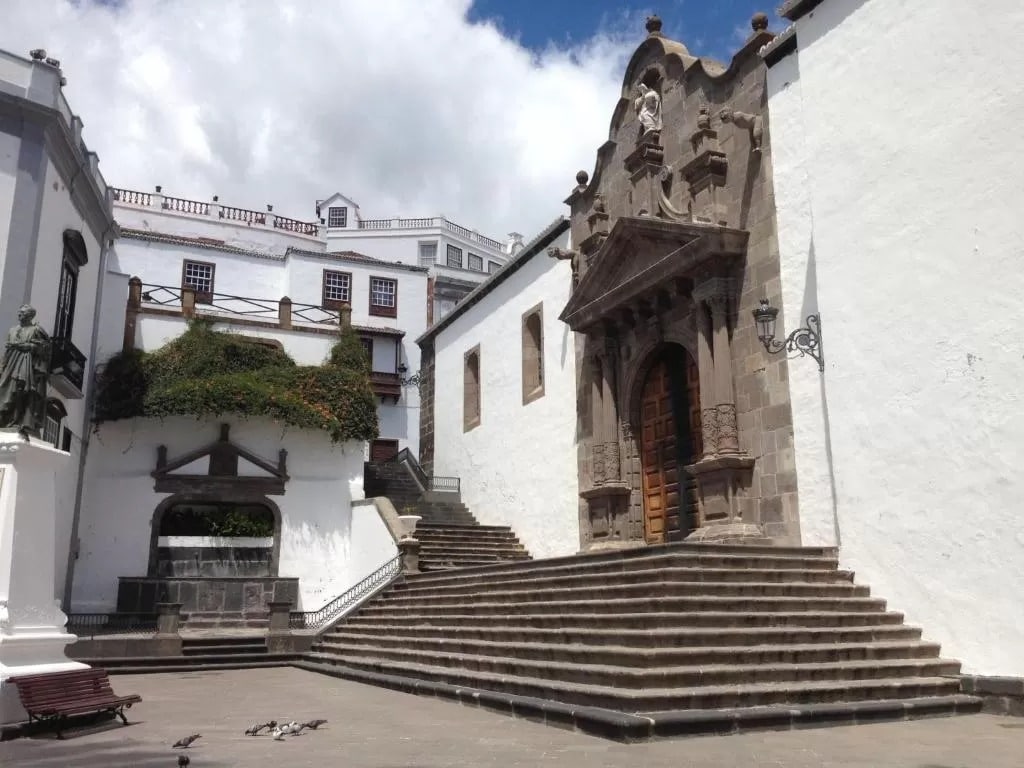

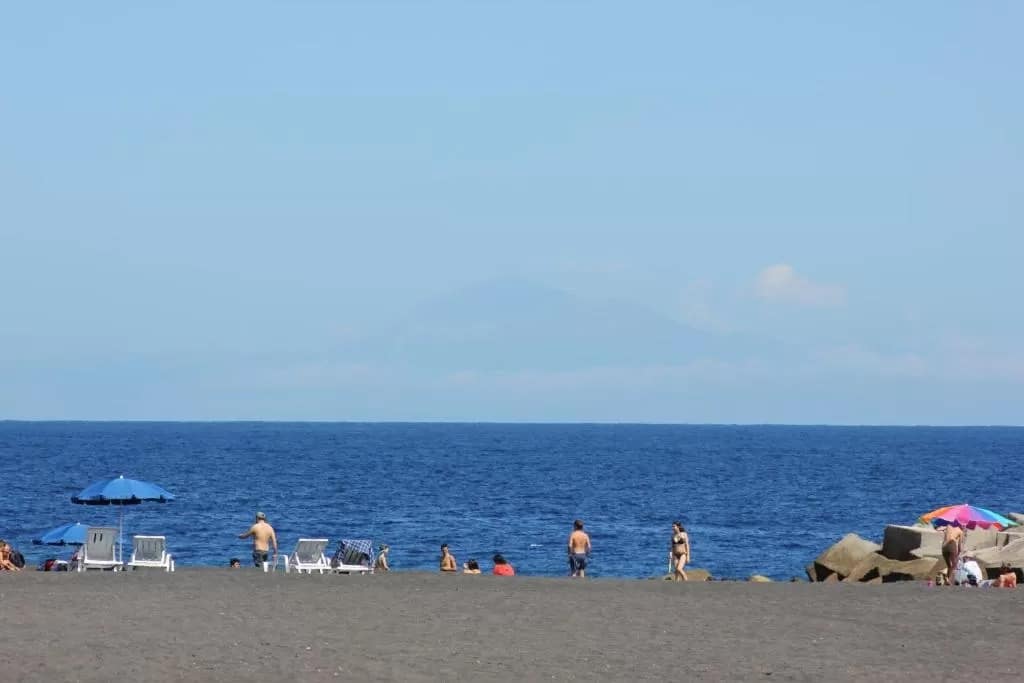
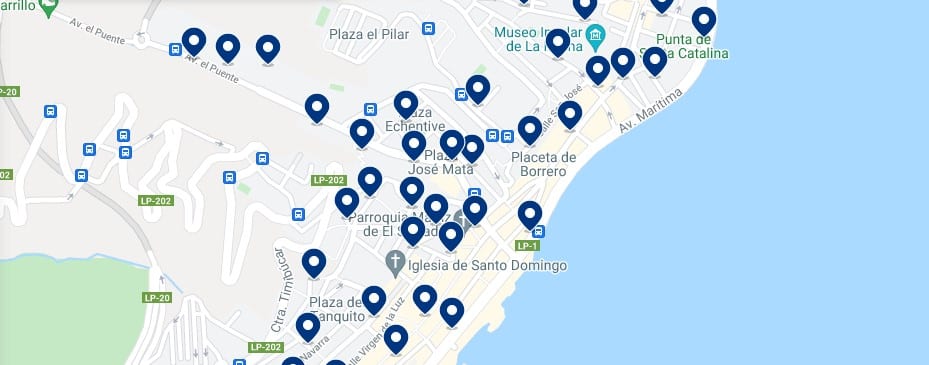
Why is this a recommended area to stay in La Palma, Spain:
- Cultural attractions
- Charming historic centre
- Typical Canarian architecture
- Best-connected area
- Airport and ferry terminal
- Near some beaches
Accommodation in this area
-

Hotel Emblemático Holiday Time
Hotel Emblematico Holiday Time is located on the beachfront in Santa Cruz de la Palma and has a bar and free Wi-Fi. The accommodation offers a 24-hour reception, room service and currency exchange.
-
Budget

El Hotelito 27
Located in Santa Cruz de la Palma, Hotelito 27 offers a common lounge and free Wi-Fi in all areas. The rooms have a private bathroom and a flat-screen TV with satellite channels.
-
Luxury

Hotel San Telmo
The Hotel San Telmo is located in the center of Santa Cruz de la Palma. Housed in a restored 17th-century building, it offers rooms with satellite TV and a private bathroom. This hotel features modern interiors, a lounge with armchairs and sea views, a terrace and a traditional central patio.
2. Los Cancajos
The coastal town of Los Cancajos is located 7 kilometres south of Santa Cruz de la Palma, near the airport.
Los Cancajos is the most important tourist development on the island of La Palma and one of its most visited destinations.
Los Cancajos stands out for its wide semi-urban beach. Like most of the island’s beaches, Los Cancajos beach has fine volcanic sand and calm, crystal clear waters.
This popular beach has beach bars, showers, bathrooms and access for people with reduced mobility, and is perfect for watersports such as snorkelling or diving.
In addition to fine sand beaches, the Los Cancajos coastline also has numerous rocky secluded coves that can be accessed via hiking trails.
Also close to Los Cancajos is the Pyramid of Vandama, an enigmatic stepped structure allegedly built by the island’s ancestral peoples.
Along with Santa Cruz de la Palma, Los Cancajos is the best area to stay on the island of La Palma without a car.
This resort town is connected to the centre of the island capital by bus line 500. The journey takes less than 20 minutes. The same bus line connects Los Cancajos with the airport.
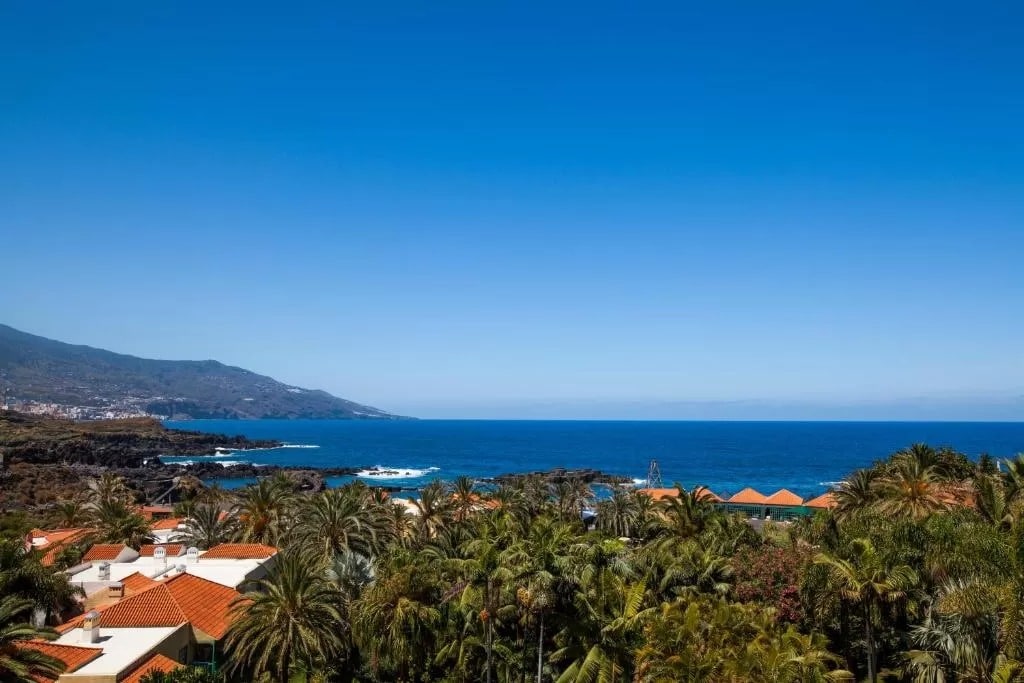


Why is this a recommended area to stay in La Palma, Canary Islands:
- Los Cancajos Beach
- Near the airport
- Connected by bus
Accommodation in this area
-

Hacienda San Jorge
Hotel Hacienda San Jorge has free WiFi throughout, a sauna, gym and a large seawater pool. It also provides direct access to Los Cancajos Beach.
-
Luxury

H10 Taburiente Playa
Hotel Taburiente Playa is 300 meters from Los Carcajos Beach, on La Palma’s east coast. It has 3 outdoor pools, a sauna, tennis courts and free parking. Rooms at the H10 Taburiente Playa have air conditioning, a private balcony and satellite TV.
3. Los Llanos de Aridane
The municipality of Los Llanos de Aridane is the most populated on the island of La Palma.
Commonly known simply as “Los Llanos”, this municipality of La Palma is located in the west of the island, 28 kilometres by road from Santa Cruz.
Its namesake capital stands out for its regionalist style houses.
The main tourist attraction in Los Llanos de Aridane is the Benahoarita Archaeological Museum. This impressive museum tells the history of the island’s Aboriginal people, the Benahoarites. Its collection offers an interesting collection of tools, artefacts, pottery and mummies.
Other attractions in Los Llanos de Aridane include the Plaza de España, the Iglesia de Nuestra Señora de los Remedios, and the town hall.
Additionally, the town of Los Llanos de Aridane offers an excellent location to visit the Caldera de Taburiente and the Cumbre Vieja natural park. The La Caldera de Taburiente Visitors Centre is located in the nearby town of El Paso.
La Palma’s public transport system connects Los Llanos with Santa Cruz through line 300 and with the towns of Puerto Naos and Charco Verde through line 204.



Why is this a recommended area to stay in La Palma, Spain:
- Benahoarita Archaeological Museum
- Central location to visit beaches and natural parks
- Connected by public transport
Accommodation in this area
-

Hotel Benahoare
Hotel Benahoare is 200 metres from Plaza España in Los Llanos de Aridane, on the island of La Palma. It offers comfortable accommodation and a rooftop terrace with mountain views.
-
Budget

Hotel Edén
Hotel Edén is centrally located in the heart of Los Llanos de Aridane, on La Palma. It offers a sun terrace and free Wi-Fi in public areas, and is within walking distance of several shops and restaurants.
4. Tazacorte
Tazacorte is a town located in the west of the island of La Palma, 4 kilometres from Los Llanos de Aridane and 33 from Santa Cruz de La Palma.
This coastal settlement stands out for its beautiful natural environment and its picturesque colourful houses facing the sea. The main tourist attractions in Tazacorte include the Casa Massieu, the Banana Museum and the charming Plaza de La Vica .
The main semi-urban beaches of the municipality include Playa del Puerto de Tazacorte and Playa de Los Tarajales.
South of the main settlement there are several wild beaches such as Playa Nueva, El Charcón and Los Guirres. Keep in mind that these virgin beaches do not offer any services.
Tazacorte is connected with the northern towns of the island and Santa Cruz de La Palma through bus line 100. That said, the best way to get around this area and reach its most remote beaches is by car.
Accommodation in this area
5. Puerto Naos
Puerto Naos is the main tourist town on La Palma’s west coast.
This coastal resort town is part of the municipality of Los Llanos de Aridane and is 10 kilometres south of its capital.
Its main tourist attraction is the beach of Puerto Naos. This 400-metre long beach with volcanic black sand has moderate waves and services, including showers, bathrooms, parking, beach bars, restaurants and access for people with reduced mobility.
Puerto Naos is the main destination for water and adventure sports on the island.
On its promenade, you’ll find several venues offering all kinds of activities, including paragliding, diving and windsurfing.
Puerto Naos can be reached by public transport from Los Llanos through the 204 bus line.
Accommodation in this area
6. Fuencaliente de La Palma
Fuencaliente de La Palma is the southernmost municipality on the island.It is where the towns of Los Canarios, Las Indias, Las Caletas and Los Quemados are located.
Much of Fuencaliente is protected lands. This municipality includes part of the Cumbre Vieja Natural Park, the Fuencaliente Volcanoes Natural Preserve, the Tamanca Protected Landscape and the Salinas de Fuencaliente Site.
The south of the island of La Palma is one of the areas with the highest volcanic activity in the Canarian archipelago. In fact, the penultimate volcanic eruption recorded in Spain was that of the Volcán Teneguía in the fall of 1971.
In addition to its natural parks and volcanic peaks, Fuencaliente is known for its virgin beaches, coastal landscapes, vineyards and wineries. Fuencaliente is one of the most important wine-growing regions in the Canary Islands.
The spectacular Echentive beach, located at the southern end of the island, emerged from the Teneguía eruption and offers crystal clear waters and spectacular natural pools.
Not far, you’ll find the historic Fuencaliente lighthouse and the Salinas de Fuencaliente.
Because the south of La Palma is covered by natural landscapes and virgin areas, the best way to discover it is by car or an organised tour. The larger towns have public transport connections through bus line 203, which connects Los Canarios south to the lighthouse.



Why is this a recommended area to stay in La Palma, Spain:
- San Antonio Volcano
- Impressive natural areas
- Wild beaches
Accommodation in this area
-

Villa La Malvasia
Villa La Malvasia is located in Fuencaliente de la Palma, 23 km from Santa Cruz de la Palma. Free WiFi and free private parking are available. The villa has a seating area, a dining area, a kitchen, towels and bed linen. Other facilities at Villa La Malvasia include barbecue facilities.
-
Budget

La Palma Hostel by Pension Central
Located in Fuencaliente de la Palma, La Palma Hostel by Pension Central offers free WiFi. This property offers views of the Atlantic Ocean and the surrounding countryside. All rooms have a TV, a minibar and a private bathroom with a bathtub and free toiletries.
Read in other languages:
|ES| Las mejores zonas donde alojarse en La Palma, Canarias.







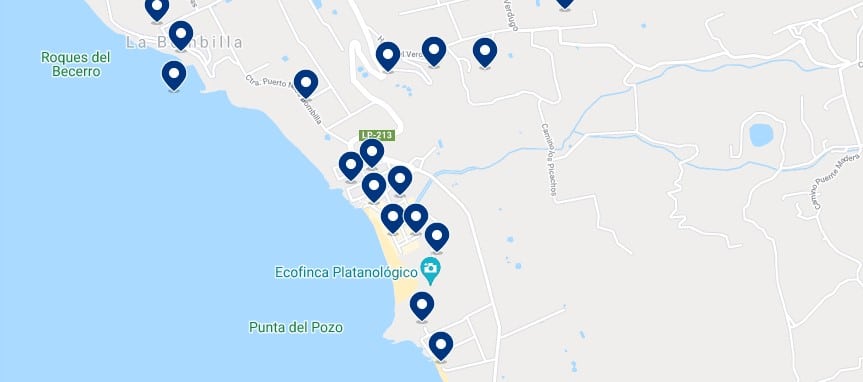




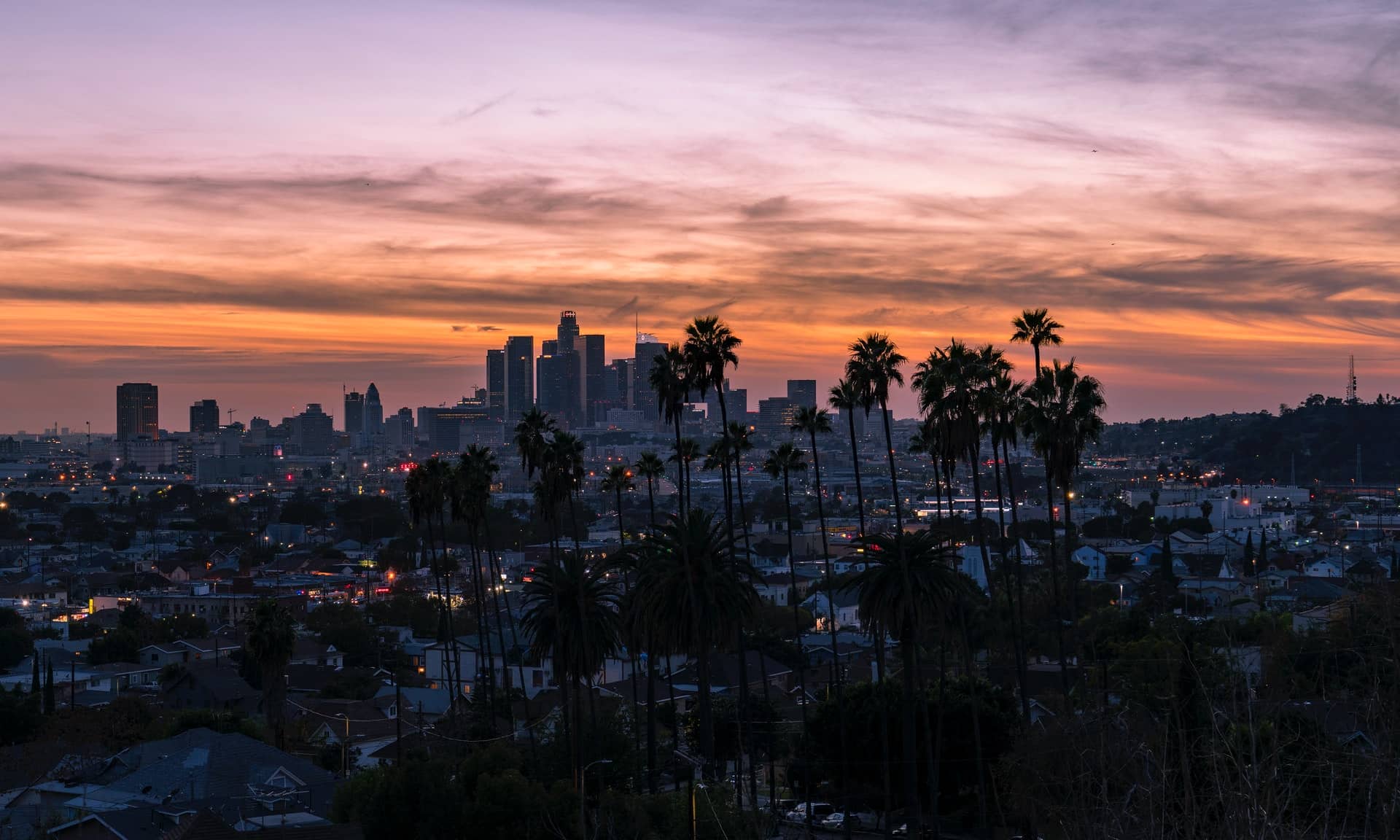










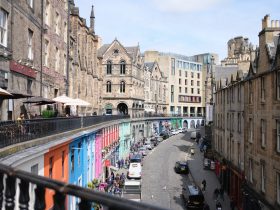






Leave a Reply
View Comments